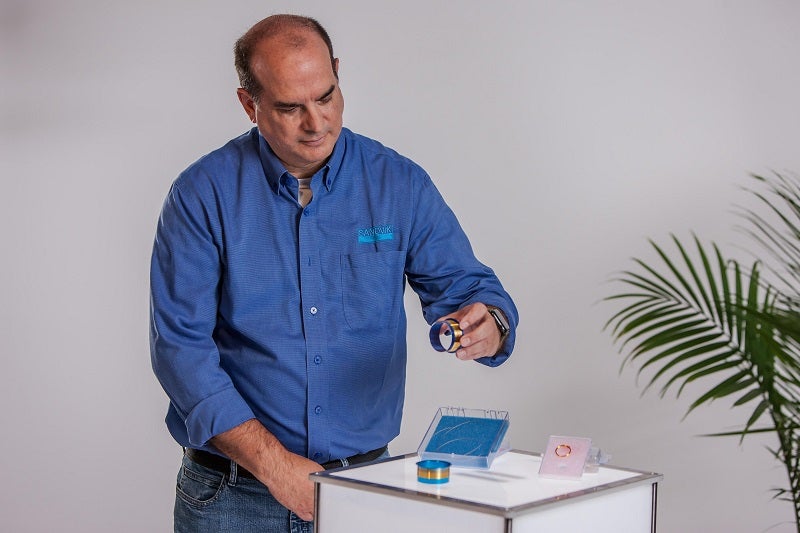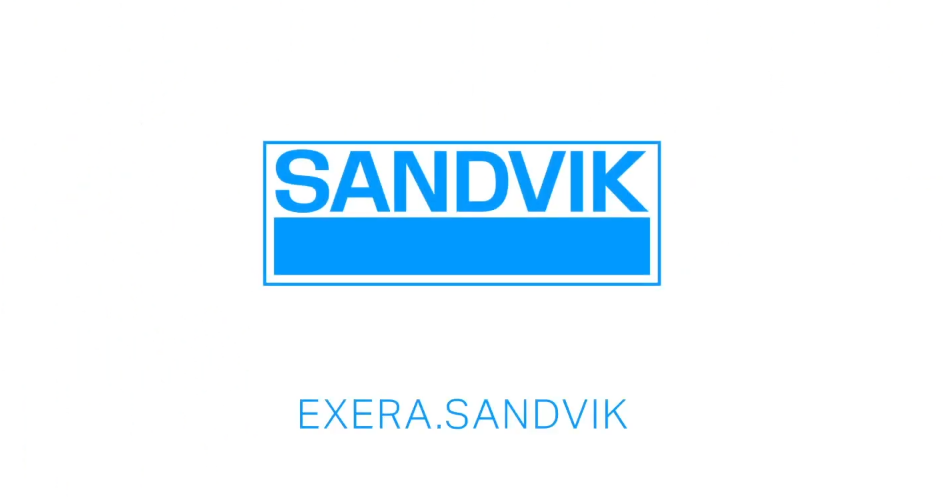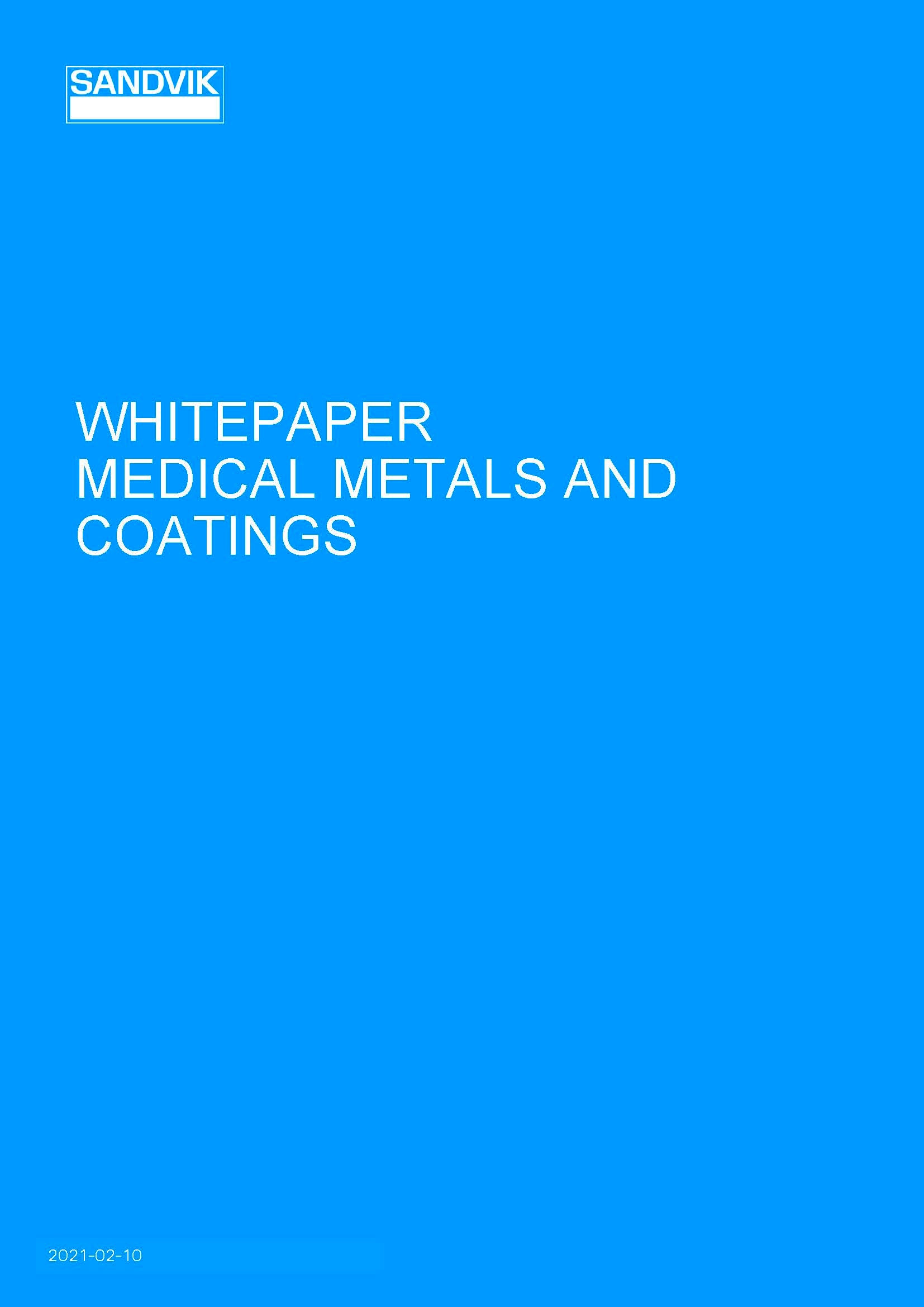
Until these components are readily available as commodity products though, and to assist in the innovation of medical device manufacturing, OEMs benefit from partnering with specialised manufacturers that can design and build components customised for purpose.
Swedish firm Sandvik is a bespoke partner that gets involved in the engineering and design process from day one to create custom medical wire solutions and to help problem-solve, even when they don’t get paid at that stage. Medical Device Technology spoke with Gene Kleinschmit, product manager for Sandvik, about the company’s approach to design innovation.
“Sandvik is a full partner in design manufacturing processes,” Kleinschmit explains. “Instead of the customer finding something that may be close to what they want and available as a commodity (i.e. a standard product that they could buy from multiple sources off the shelf) that limits their design opportunities, they can come to us at an early stage with their design and we can custom build something that fits to it.”
“As the product matures over time, it will become more and more of a commodity item and the customer will have additional options. If we look at a pacemaker lead for example, when they first came about they were very specialised so there were only a few people who could make them. They were truly niche. Now the designs have changed enough to where it’s not such a specialised product. There are a lot of suppliers who have the capabilities of making them.”
Innovative designs require innovative components. Working with commodity products may limit capabilities if manufacturers are forced to choose between the pros and cons of different components.
According to Kleinschmit: “Customers can come to us very early, and we’ve had a lot of instances where a customer tells us that they wish they had come to us sooner. Originally, they went with what they could find, and it ended up being somebody who could make commodity products. They were trying to design this new device utilising a commodity product and they struggle to get it to work; they couldn’t alter their design enough to get it to function. When they came to us they tell us what they were trying to do and we can work with them and make a machine that will allow us to manufacture the specific part they need for their completed device.”
For Sandvik, the focus is on building long-term partnerships to assist manufacturers with designing and building medical devices that tick every box. Optimised medical devices are key to improving the quality of life for patients, which is ultimately the end-goal of any partnership.
“Typically, there will be six or seven engineers, including the process engineers, who are designing the processes and the machines, as well as experimenting with different types of coatings that we can put on the wires to meet what the customer’s trying to do,” Kleinschmit explains. “So for example, we have had customers come to us with issues with the coating not adhering to the wire. During their processing we were able to come up with some different curing methods for the material that would survive their processing without coming off the wire.
“We’re willing to work upfront, early in the process, knowing that the product’s not going to get onto the market for a year, two years, three years down the road to where we can start making money on it. We want to build partnerships and work with them through that whole time period and help them with their designs and get the product launched



